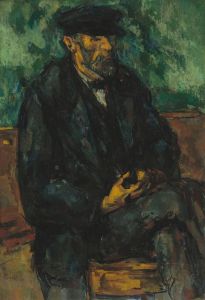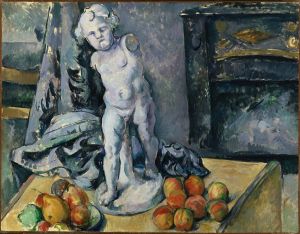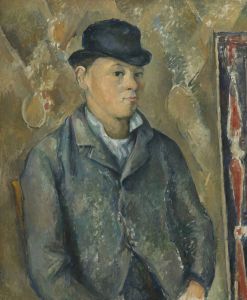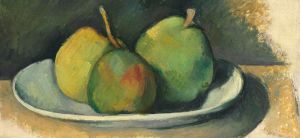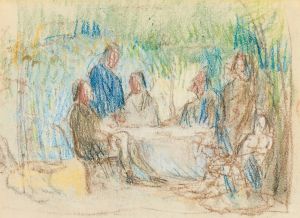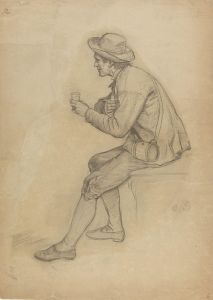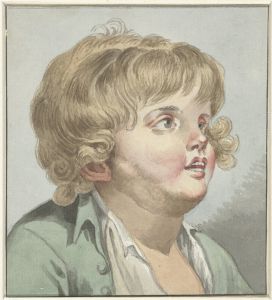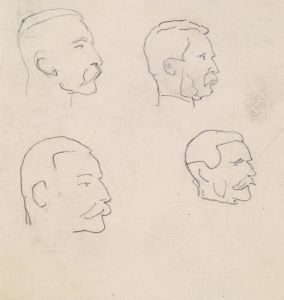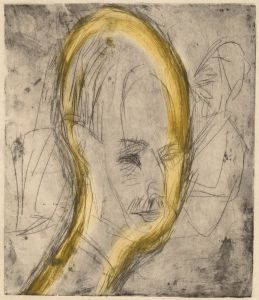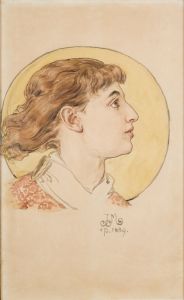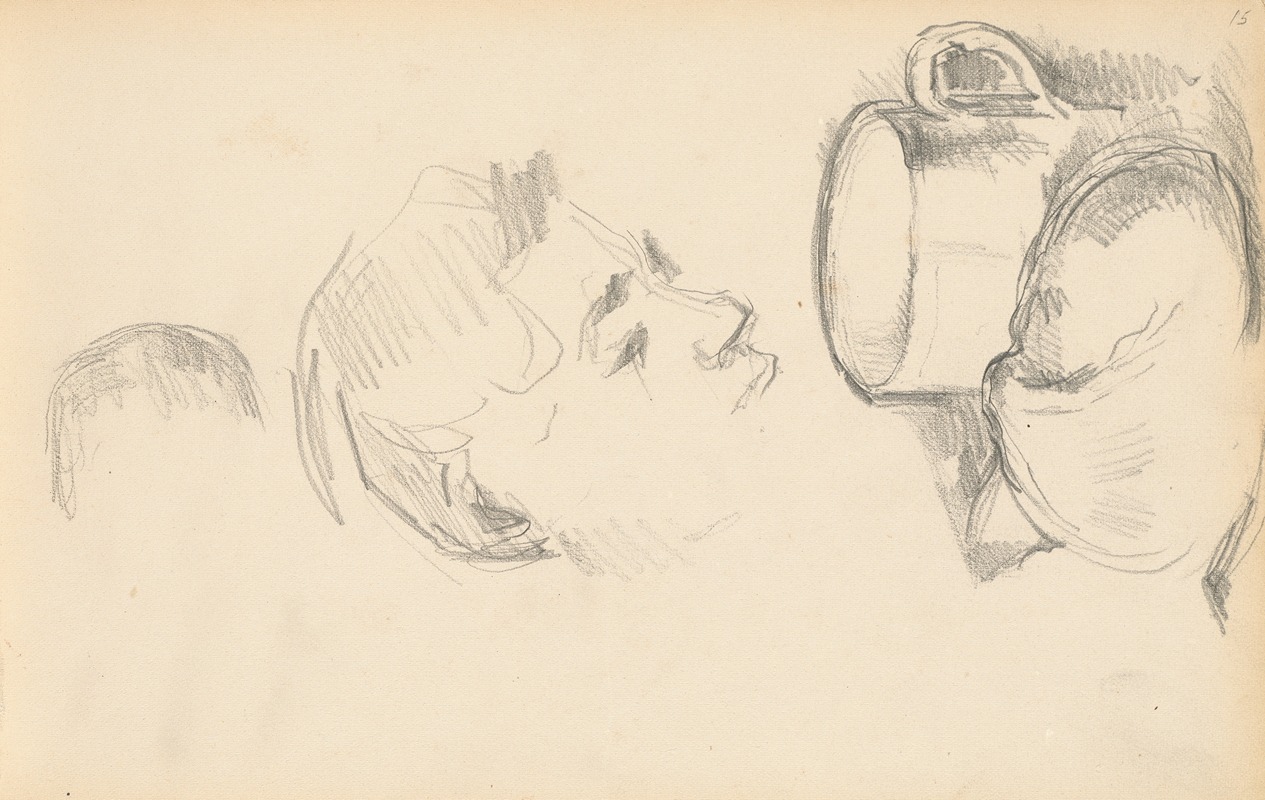
A Head, a Cup and a Bread Roll
A hand-painted replica of Paul Cézanne’s masterpiece A Head, a Cup and a Bread Roll, meticulously crafted by professional artists to capture the true essence of the original. Each piece is created with museum-quality canvas and rare mineral pigments, carefully painted by experienced artists with delicate brushstrokes and rich, layered colors to perfectly recreate the texture of the original artwork. Unlike machine-printed reproductions, this hand-painted version brings the painting to life, infused with the artist’s emotions and skill in every stroke. Whether for personal collection or home decoration, it instantly elevates the artistic atmosphere of any space.
Paul Cézanne's painting "A Head, a Cup and a Bread Roll" is a still life that exemplifies the artist's innovative approach to form and composition, which has had a profound influence on the development of modern art. Cézanne, a French Post-Impressionist painter, is renowned for his unique method of building form with color and his analytical approach to nature, which laid the groundwork for the transition from 19th-century artistic concepts to a radically different world of art in the 20th century.
The painting, as the title suggests, features a head, a cup, and a bread roll. These objects are depicted with Cézanne's characteristic brushwork, which is both deliberate and expressive. The head in the painting is often interpreted as a sculptural element, possibly a bust, which Cézanne frequently included in his still life compositions. The cup and bread roll are rendered with a focus on their geometric forms, a technique that Cézanne employed to explore the underlying structure of objects.
Cézanne's still lifes are celebrated for their complex compositions and the way they challenge traditional perspectives. In "A Head, a Cup and a Bread Roll," Cézanne plays with the spatial relationships between the objects, creating a dynamic tension that draws the viewer's eye across the canvas. This approach reflects Cézanne's interest in depicting multiple viewpoints simultaneously, a technique that would later be influential in the development of Cubism by artists such as Pablo Picasso and Georges Braque.
The color palette of the painting is typical of Cézanne's work, featuring muted tones that emphasize the solidity and volume of the objects. Cézanne often used color to define form rather than relying on line, a departure from the techniques of his predecessors. This method allowed him to convey the weight and presence of the objects in his still lifes, imbuing them with a sense of permanence and stability.
Cézanne's work was not widely appreciated during his lifetime, but he is now recognized as a pivotal figure in the history of art. His still lifes, including "A Head, a Cup and a Bread Roll," are seen as crucial to the development of modern art, bridging the gap between Impressionism and the more abstract movements that followed. Cézanne's exploration of form and perspective challenged the conventions of his time and opened new possibilities for artists in the 20th century.
While specific details about the creation and provenance of "A Head, a Cup and a Bread Roll" may not be extensively documented, the painting remains an important example of Cézanne's innovative approach to still life. It reflects his enduring interest in the interplay between objects and space, and his commitment to capturing the essence of his subjects through a meticulous study of form and color. Cézanne's legacy is evident in the work of countless artists who followed him, and his influence continues to be felt in the art world today.





